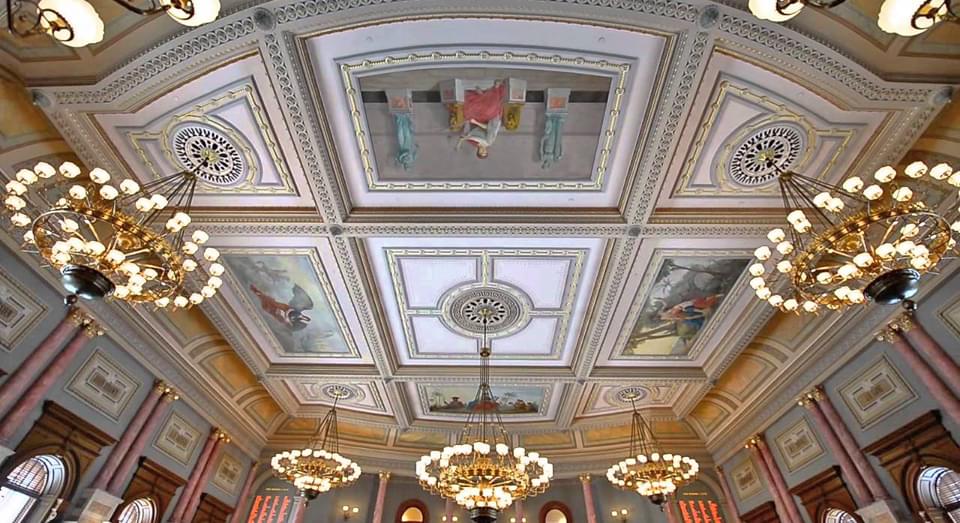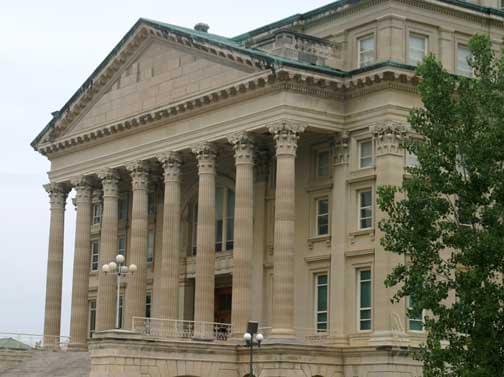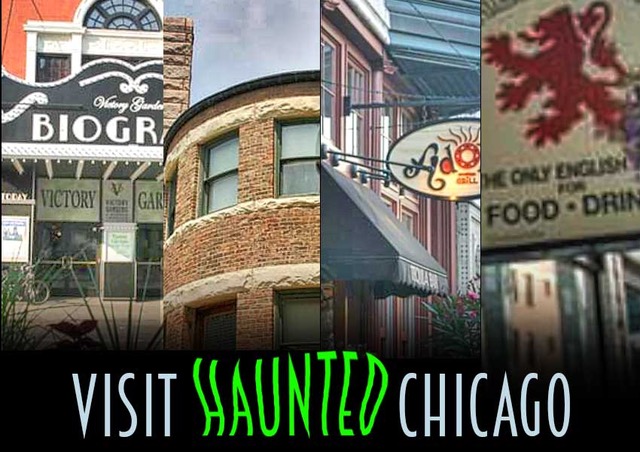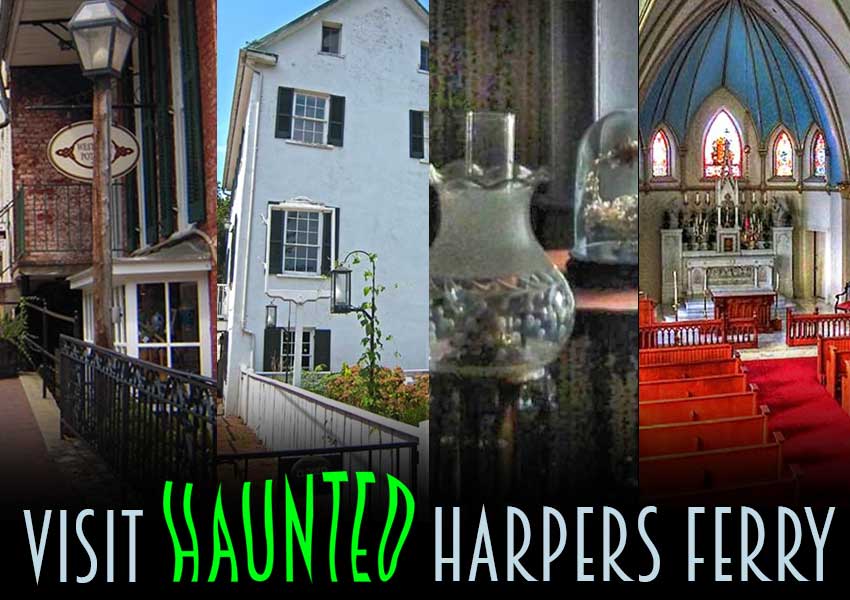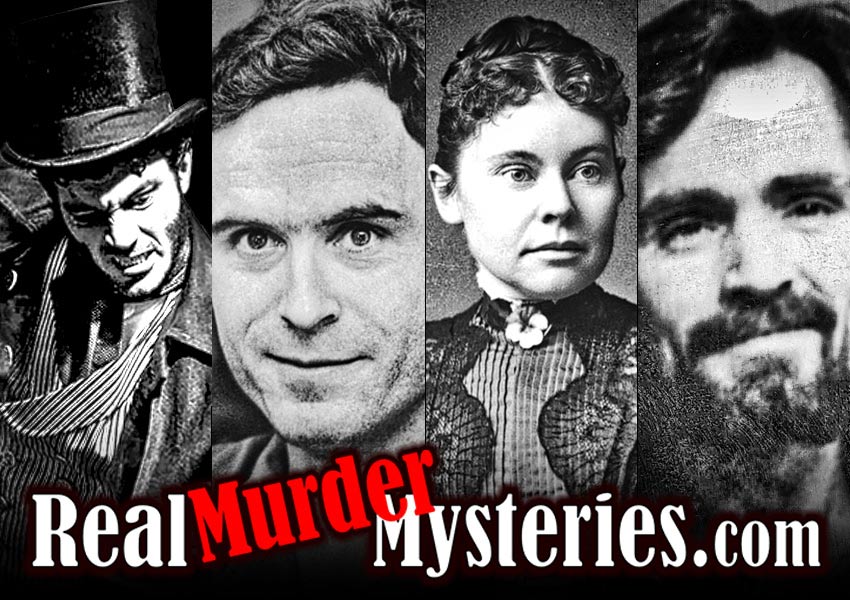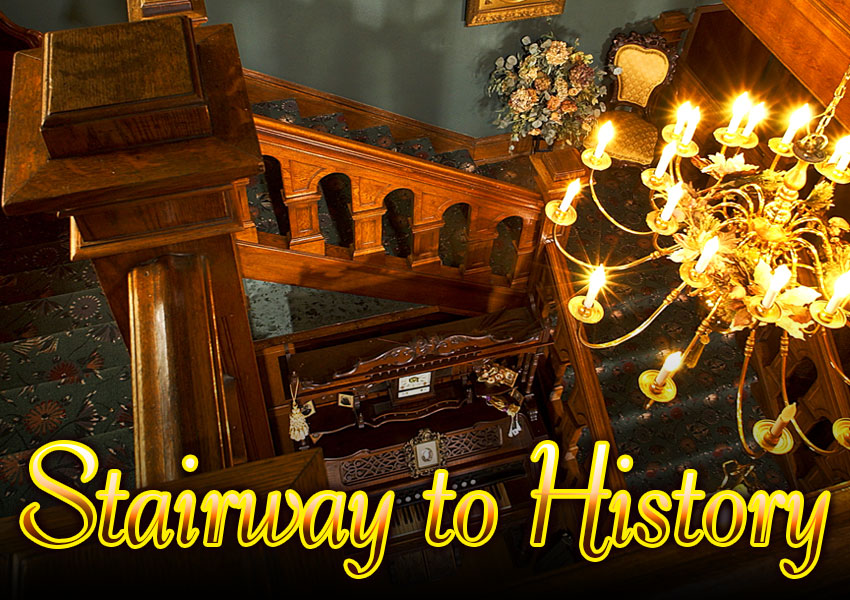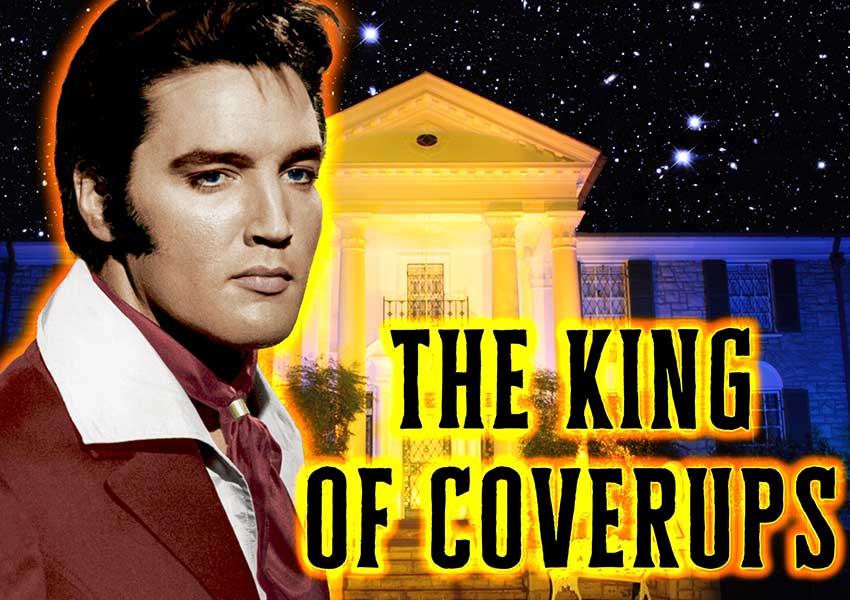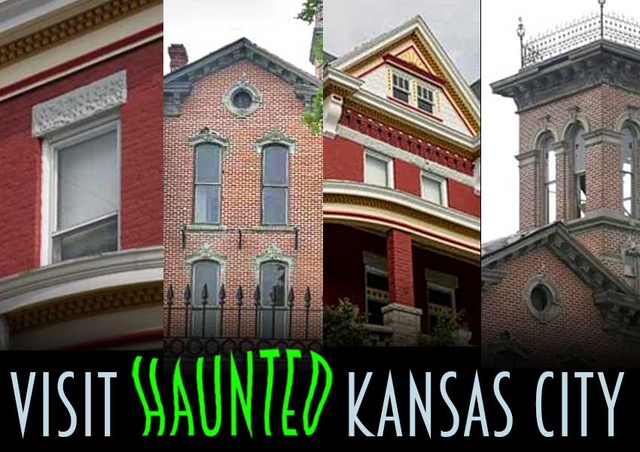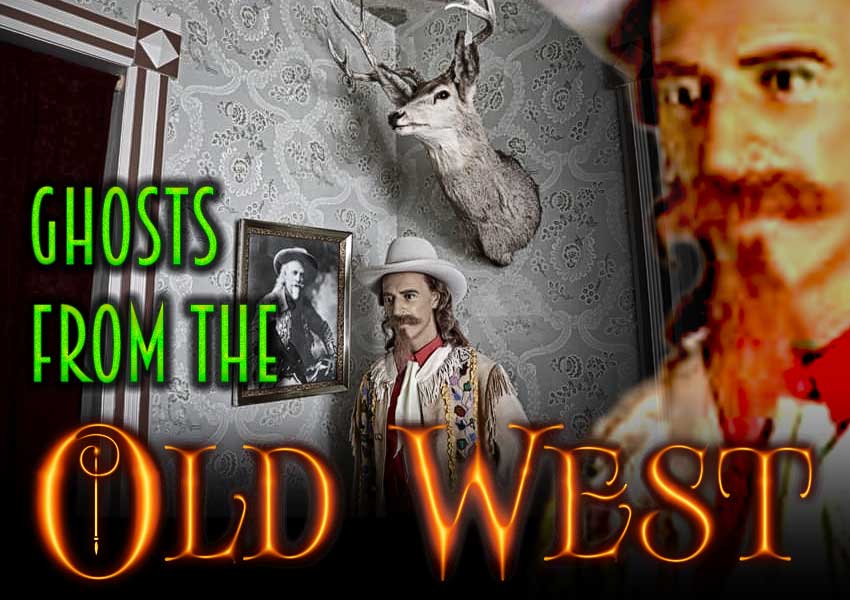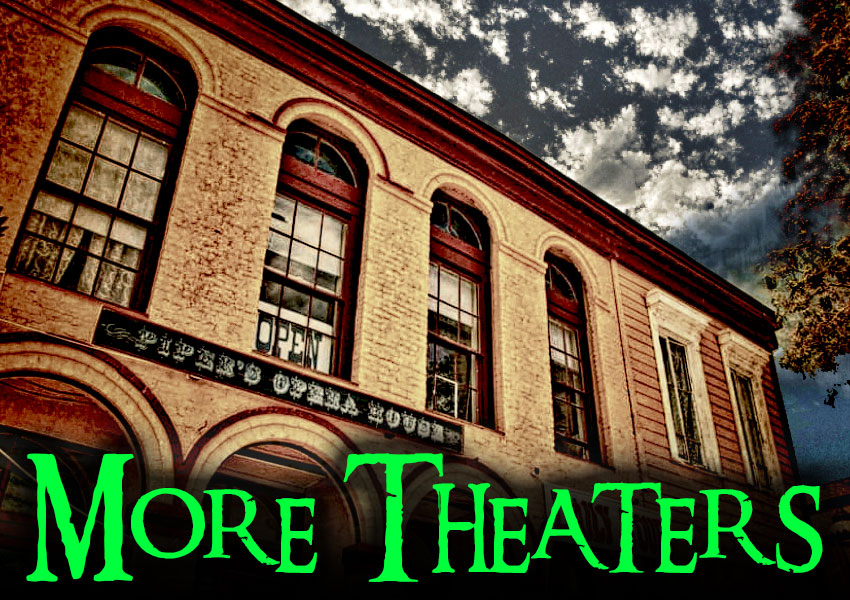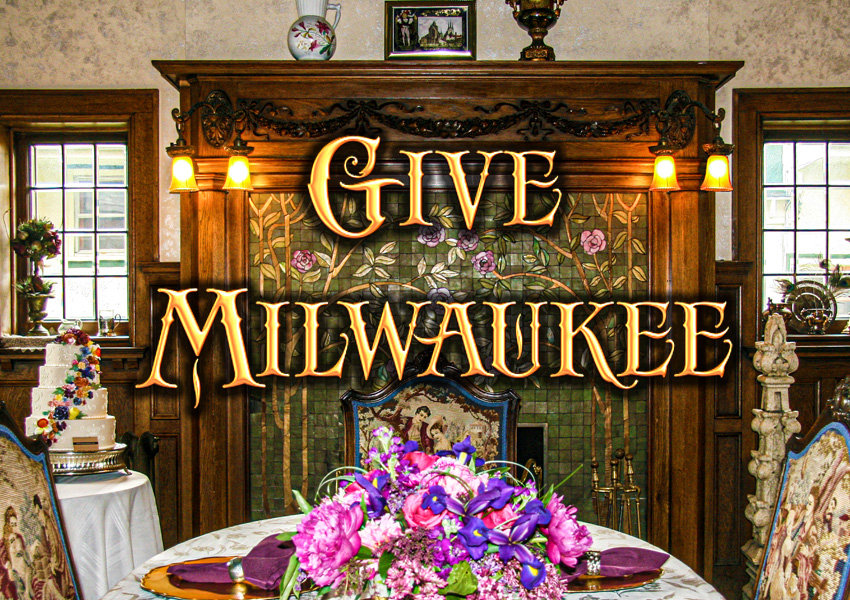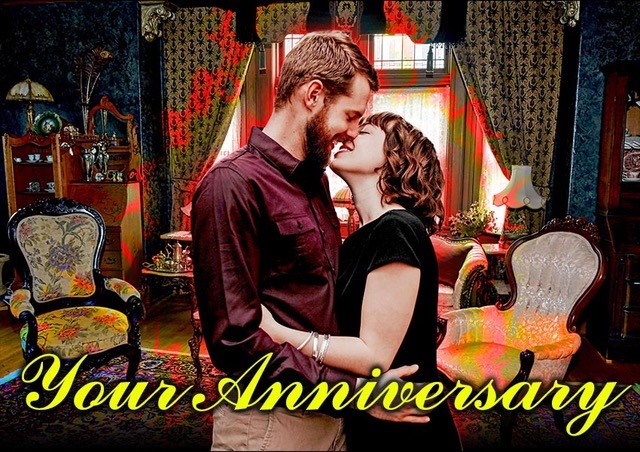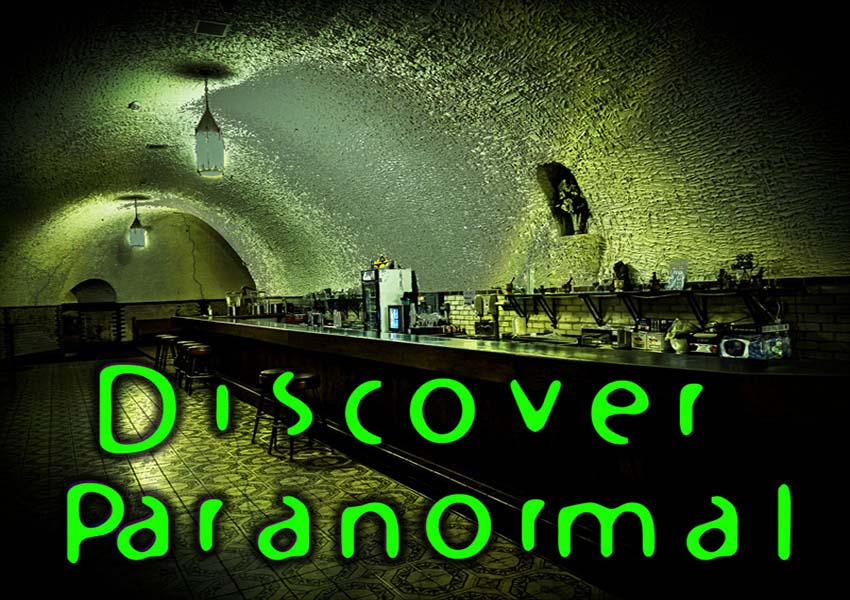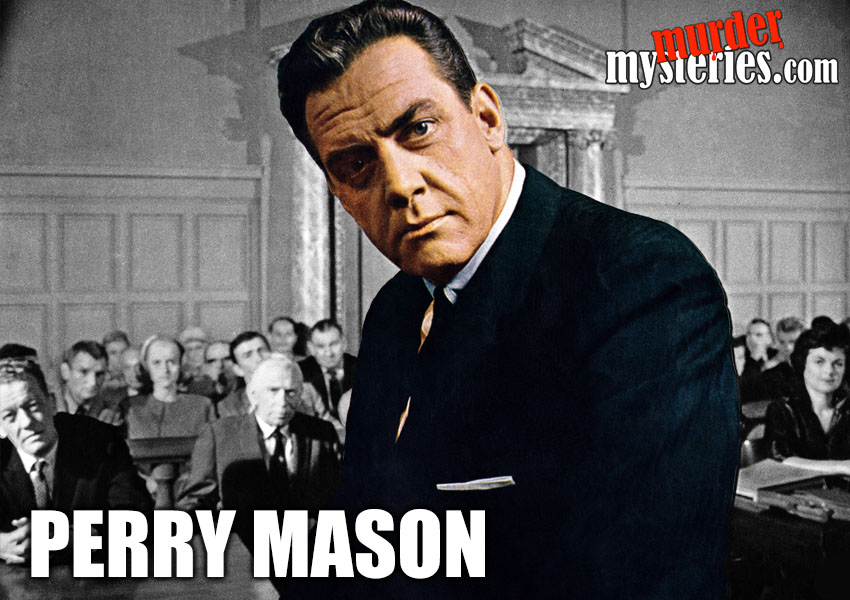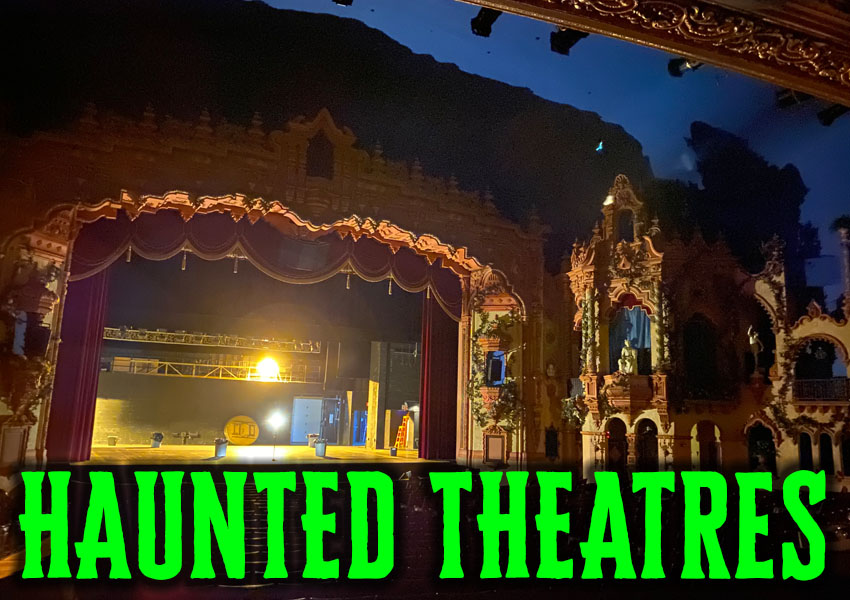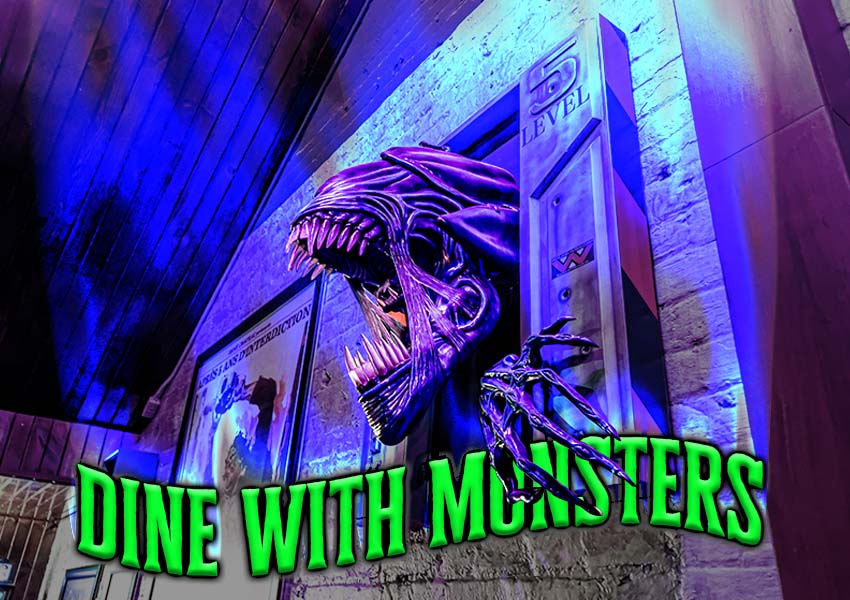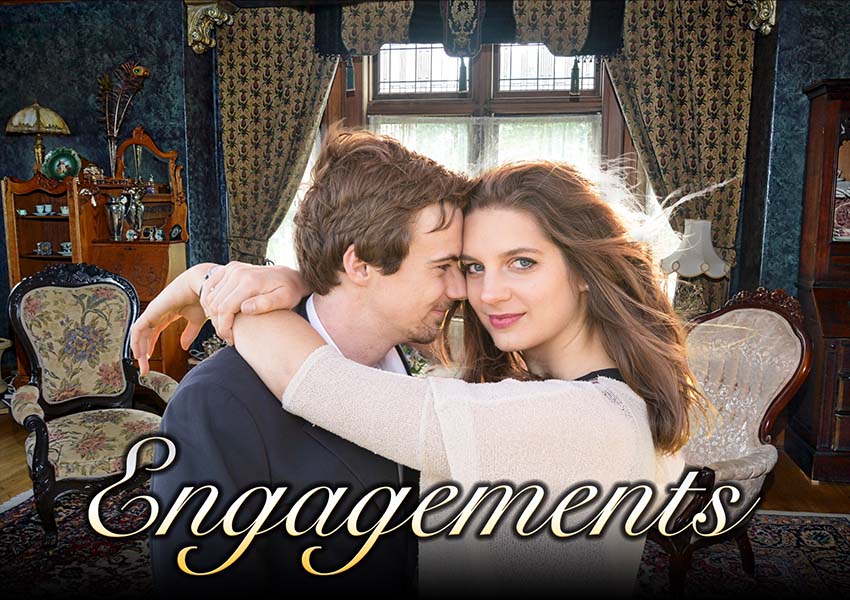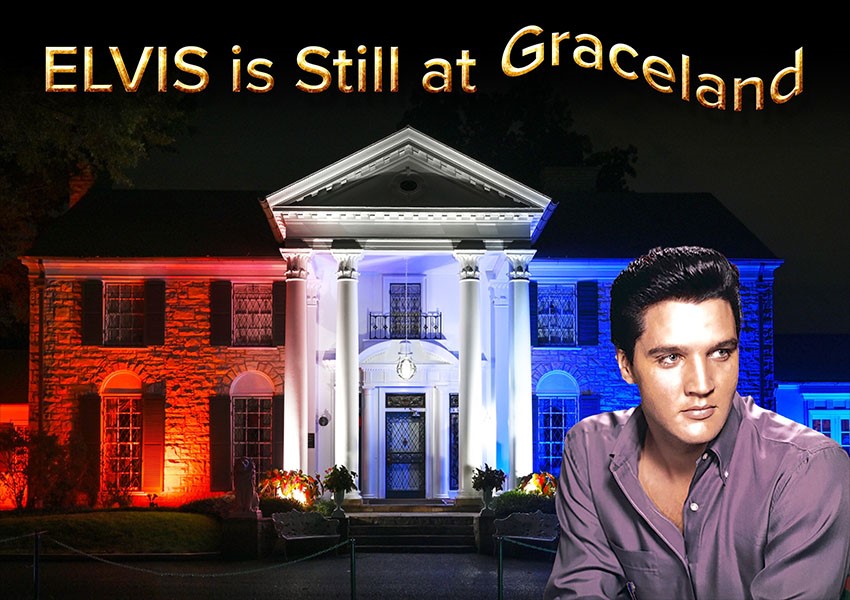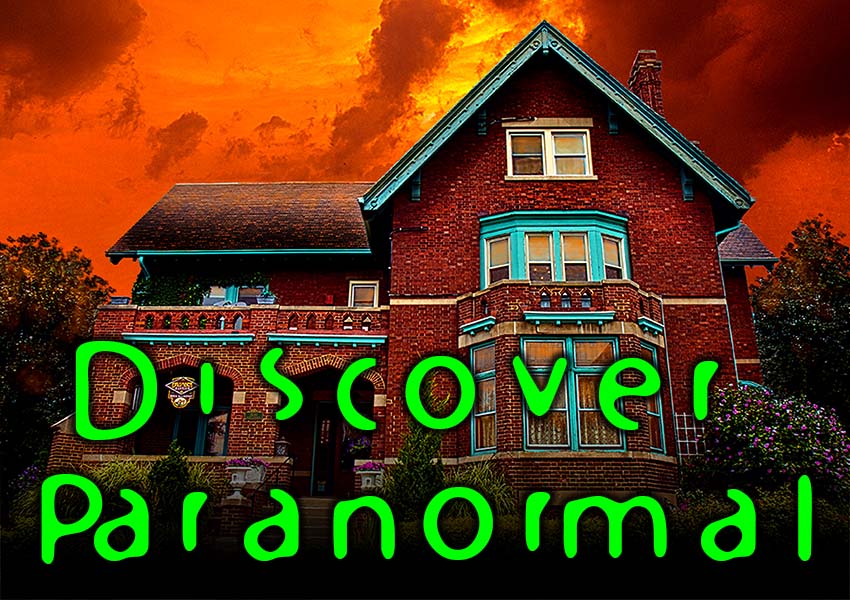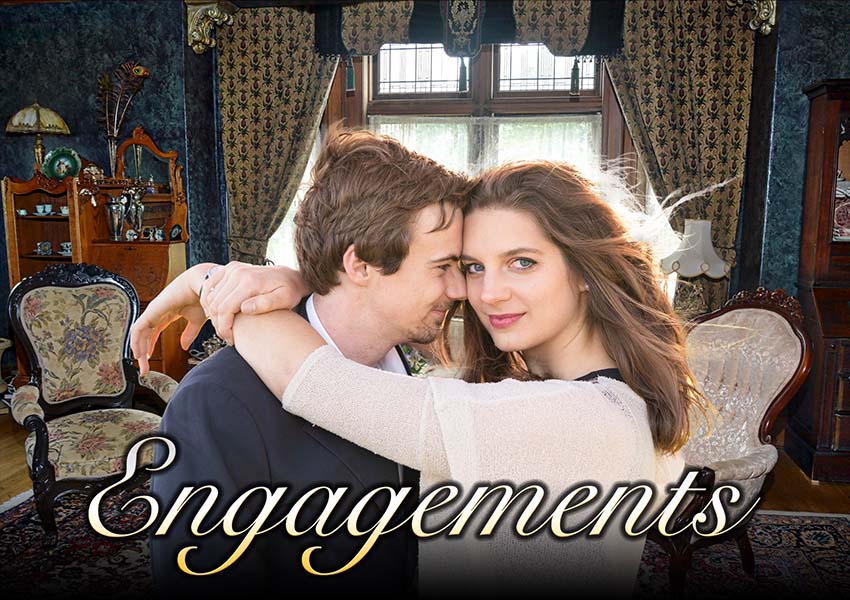Topeka Kansas
Kansas State Capitol
One spirit wants back-pay and one unhappy spirit can’t let go…
DESCRIPTION
The five floor beautiful Topeka Capitol Building is known as the People’s House, with its inspirational Italian Renaissance Revival style, including Corinthian columns, an impressive dome and an east and west wing which are attached to the main building which houses the Chambers, Hall of Representatives, Governor’s Office, committee rooms and other offices.
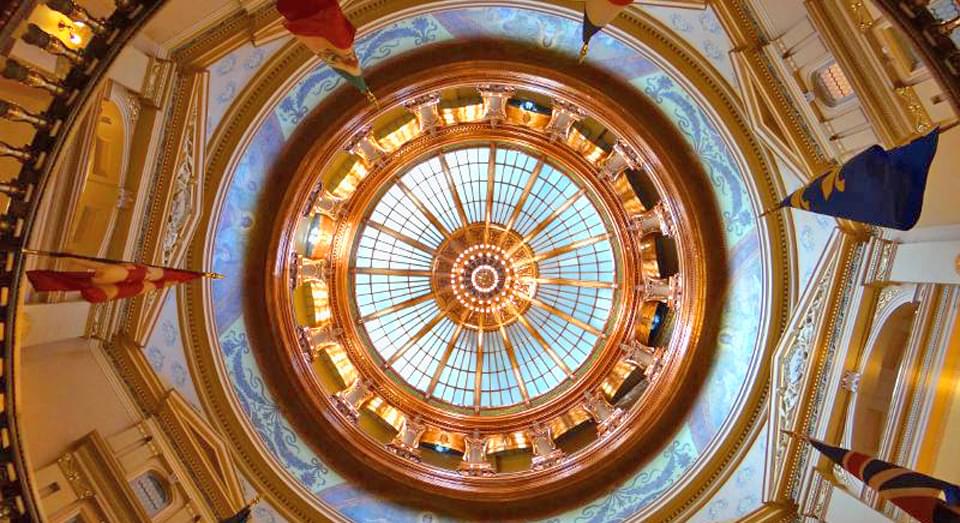
The rotunda is 5 floors and the interior glass dome. The outside copper dome is a few feet higher than the dome on our nation’s capitol. There are 256 stairs in the staircase which leads to the observation deck at the top of the rotunda, where the hardy soul who makes the trip can see through the windows a glorious display. (No, Tom and I didn’t make it up!) For those of us who can’t quite huff up the stairs, go to Washburn University’s Kansas State Capitol web page.
The second floor of the Capitol building one finds the inspiring murals by Kansas native son, John Stuart Curry, who is best known for his portrait of John Brown.
HISTORY
The city of Topeka, the capitol city of Kansas was in need of a capitol building to house the bodies of government: Senate. The Chambers and Hall of Representatives, plus the offices of the elected officials and heir staff, not a small undertaking, especially when something grand was the goal. On Feb. 14th 1866, the governor signed into law a bill which funded such an endeavor into law.
“The Kansas Governor and Legislature wanted the finest capitol building for their state. After the horrors and hardships suffered during the Civil War years, it was thought that what was needed was a building to inspire the best of themselves and the people who not only lived in Kansas City, but also in the whole state of Kansas. They felt the Kansas State House should “rival the National Capitol as well as any of the best capitols of the eastern states.”
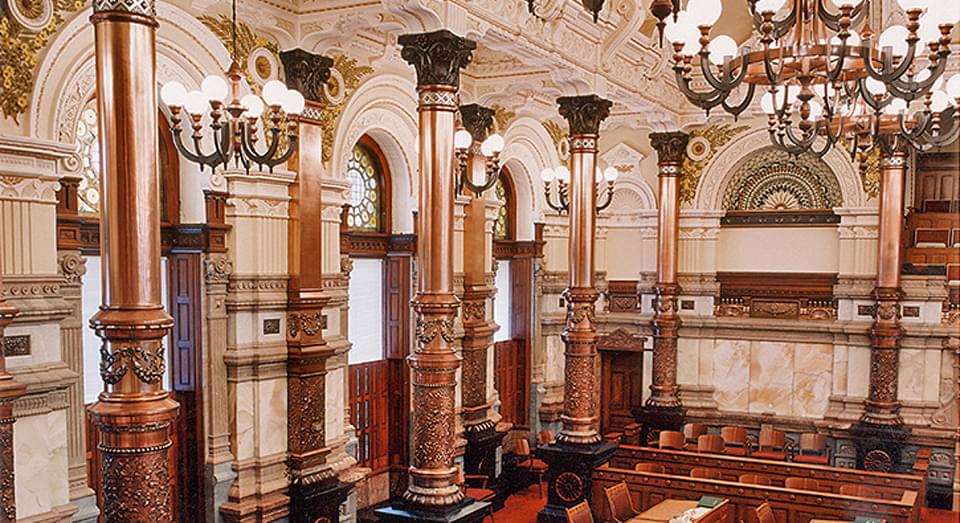
It is no surprise then that the Topeka Capitol Building is one of the historic treasures of the state of Kansas, the creation of a local Kansas architect, John G. Haskell, who was given a chance by the governor to submit his plans before the Kansas state legislature.
Besides being grand and stately to inspire civic pride, the love of democracy and freedom, and hope for the future, the legislature wanted some other features such as being fire resistant, having natural lighting for rooms, have the latest in 19th century heating & ventilation and that the building wings be attached the same way that the building wings are attached to the National Capitol in Washington D.C.
A variety of obstacle dogged this building project, including problems with the limestone and the contractor, though they persevered and built their grand Topeka Capitol Building. The west wing was built first, followed by the center section, with the rotunda and capitol dome finishing off phase 1 and 2 of the construction. When more room was needed, the east wing was designed by Kenneth McDonald of Louisville, KY, and completed in March, 1903, though in 1917, the quality of wing’s details and finishes were brought up to the standards found in the rest of the Capitol building when the deteriorating stones were replaced.
Though the Topeka State Capitol never suffered from lack of upkeep, it did loose some of its historical integrity. Specifically, the “historical integrity of the interior fell victim to the great need for more office space, for higher levels of lighting, and for air-conditioned comfort.”
Luckily, most of the changes made can be undone, returning the building to its former beauty. Restoration has begun, making a difference in the aura in the Senate Chambers and Hall of Representatives because the original finishes have been restored.
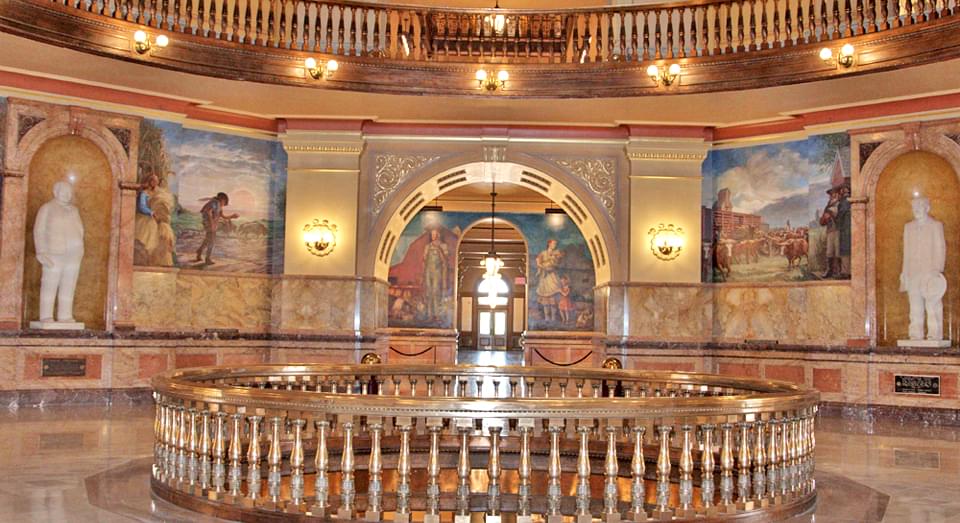
HISTORY OF MANIFESTATIONS
Out of the nine men who lost their lives while constructing the building, one has issues with the living concerning wages. One worker who was fastening plates on the dome of the building, reached too far for a bolt and died from his fall in 1890. As it was nearly the end of the month, he was owed his wages, which were never paid to him, because he had no surviving family. In 1948, Robert Fisher, a reporter for the Topeka Daily Capital, did his homework and found out from the state treasurer’s office that this worker was never paid for work done.
A distraught woman killed herself by jumping off the staircase which goes all the way to the top of the Capitol dome.
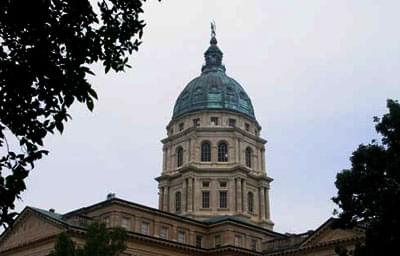
MANIFESTATIONS
The entity of the unpaid worker:
Seems to be still at his job, working at night, thinking he will get his wages if he just finishes the job.
A neighbor who lives across from the Capitol Building, on Harrison Street, has heard a hammering sound coming from the dome.
The female entity who killed herself:
In the basement area, the sound of unexplainable footsteps and crying can be heard, near the area where her body landed.
SOURCES INCLUDE
- Unexplainable.net – Kansas State Capitol web page
- Washburn University – Kansas State Capitol web page
- Haunted Kansas page on Shadowlands.net
Our Haunted Paranormal Stories are Written by Julie Carr
Our Photos are copyrighted by Tom Carr
Visit the memorable… Milwaukee Haunted Hotel
